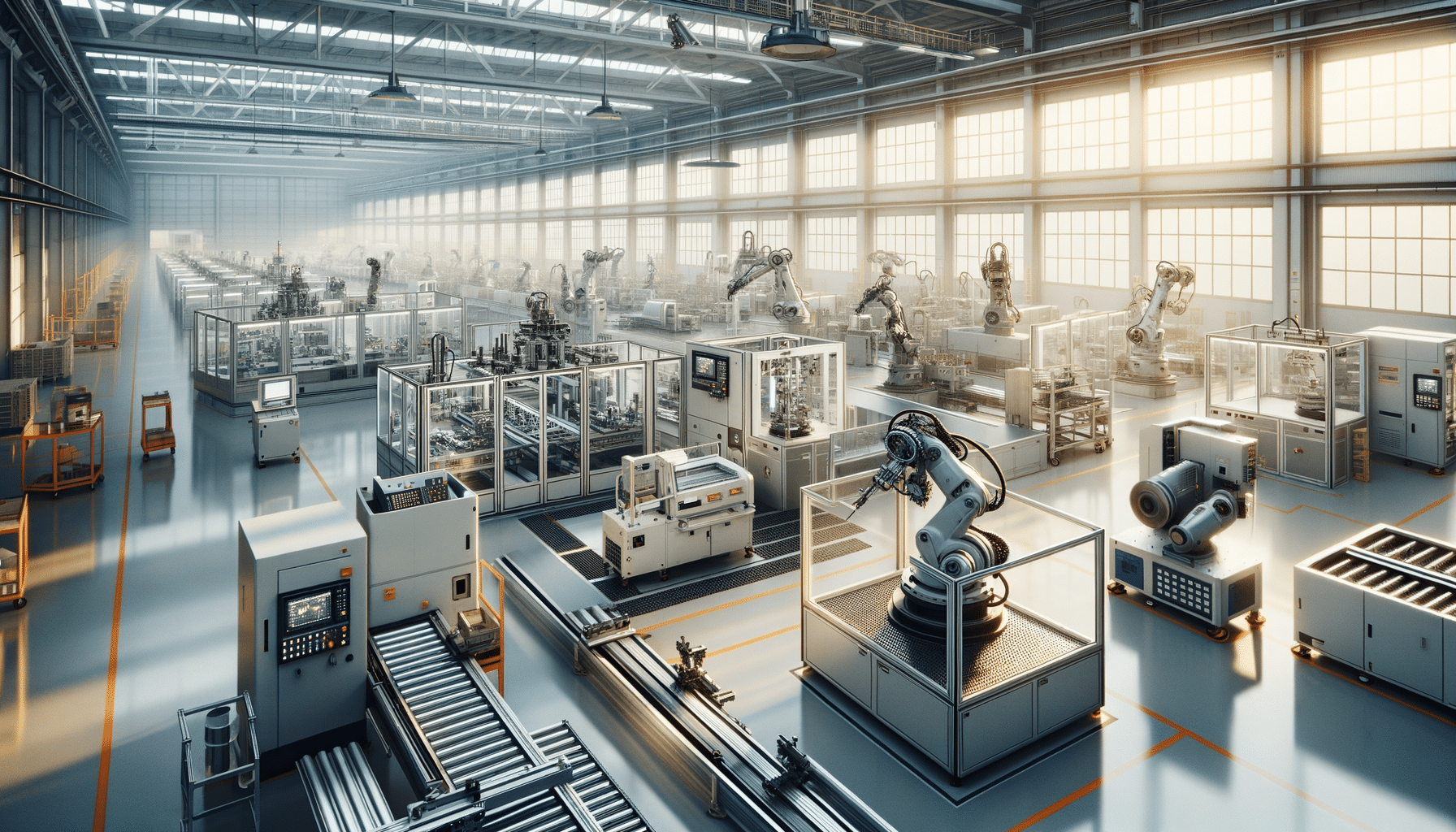
AI-Enhanced Autonomous Bicycles: Innovations and Impacts
Introduction to AI-Enhanced Autonomous Bicycles
In recent years, the fusion of artificial intelligence (AI) with autonomous transportation has led to significant innovations, particularly in the realm of bicycles. AI-enhanced autonomous bicycles represent a remarkable stride in urban mobility, offering a blend of technology and convenience. These bicycles have the potential to revolutionize how we navigate cities, providing a sustainable and efficient alternative to traditional modes of transport. As urban areas continue to grow, the demand for smart transportation solutions becomes increasingly pressing, making the role of autonomous bicycles ever more relevant.
Technological Innovations Behind Autonomous Bicycles
At the heart of AI-enhanced autonomous bicycles lies a suite of cutting-edge technologies. These bicycles are equipped with advanced sensors, including LiDAR, cameras, and ultrasonic sensors, which enable them to perceive their environment accurately. The integration of AI algorithms allows these bicycles to interpret data from these sensors, enabling them to navigate complex urban landscapes autonomously. Furthermore, machine learning models are employed to predict and adapt to different traffic scenarios, enhancing safety and efficiency.
Another significant innovation is the use of connectivity technologies such as V2X (Vehicle-to-Everything), which facilitates communication between the bicycle and other vehicles or infrastructure. This connectivity is crucial for ensuring seamless interaction within smart city ecosystems, thereby enhancing the overall efficiency of urban transportation.
Impacts on Urban Mobility
The introduction of AI-enhanced autonomous bicycles is poised to transform urban mobility in numerous ways. Firstly, these bicycles offer a sustainable transportation option that reduces reliance on fossil fuels, thereby contributing to lower carbon emissions. Additionally, they provide a flexible and cost-effective alternative for short to medium-distance travel, making them an attractive option for city dwellers.
Moreover, autonomous bicycles can alleviate urban congestion by promoting the use of dedicated cycling lanes, thereby reducing the burden on traditional road networks. This shift not only enhances traffic flow but also promotes a healthier lifestyle by encouraging physical activity. As cities strive to become more livable and environmentally friendly, the role of AI-enhanced bicycles becomes increasingly vital.
Challenges and Considerations
Despite the promising potential of AI-enhanced autonomous bicycles, several challenges must be addressed to ensure their successful implementation. One of the primary concerns is safety, as these bicycles must operate reliably in complex and unpredictable urban environments. Ensuring robust safety mechanisms, including fail-safe systems and real-time monitoring, is crucial to gaining public trust.
Another consideration is the regulatory framework required to govern the use of autonomous bicycles. Policymakers must establish comprehensive guidelines that address operational standards, data privacy, and liability issues. Additionally, infrastructure development, such as the creation of dedicated cycling lanes and smart traffic management systems, is essential to support the widespread adoption of these bicycles.
Future Prospects and Conclusion
Looking ahead, the future of AI-enhanced autonomous bicycles appears promising. As technology continues to advance, these bicycles are likely to become more sophisticated, offering enhanced capabilities and features. The integration of AI with other emerging technologies, such as the Internet of Things (IoT) and 5G connectivity, will further enhance their functionality and appeal.
In conclusion, AI-enhanced autonomous bicycles represent a significant leap forward in urban transportation. By offering a sustainable, efficient, and flexible mode of travel, they have the potential to reshape urban landscapes and improve the quality of life for city residents. As we embrace the possibilities of AI-driven mobility, the journey towards smarter and more sustainable cities becomes increasingly attainable.


